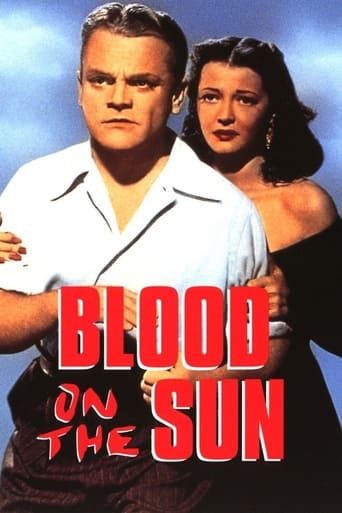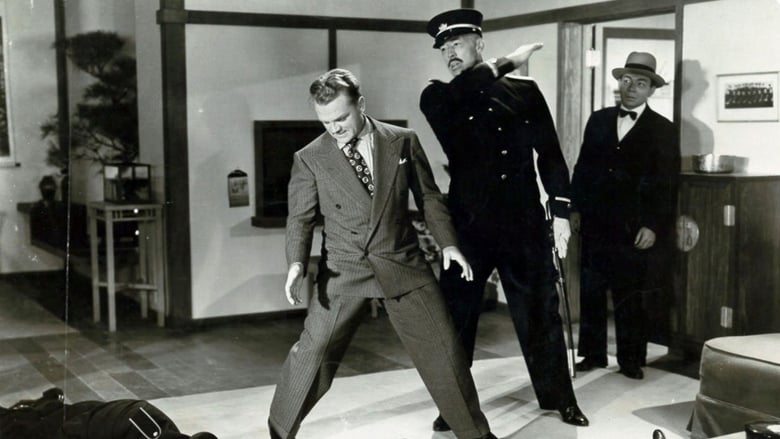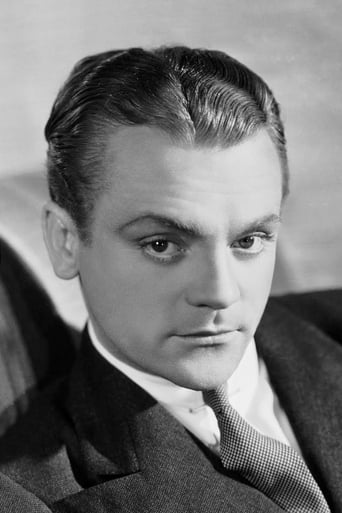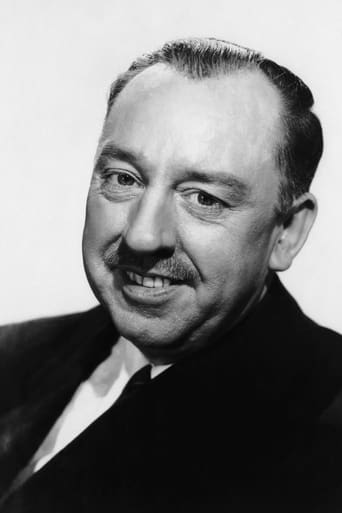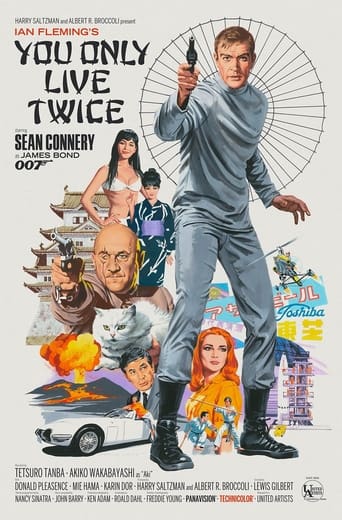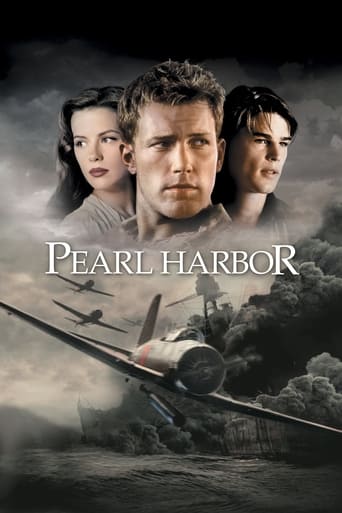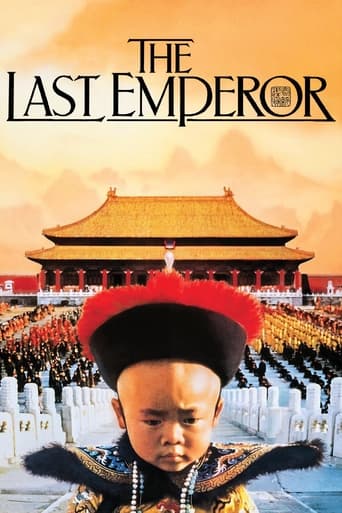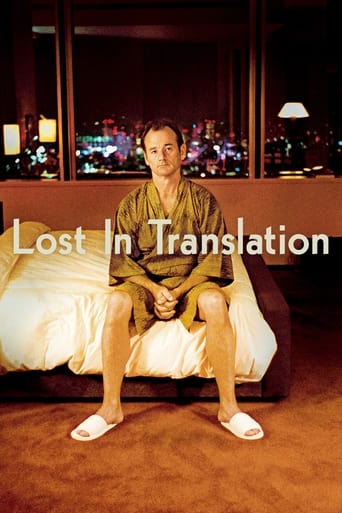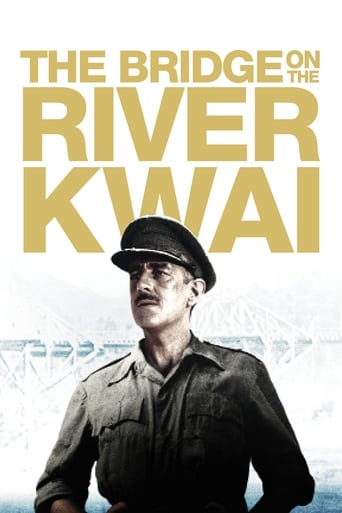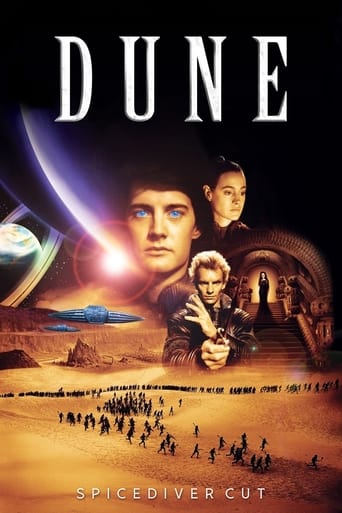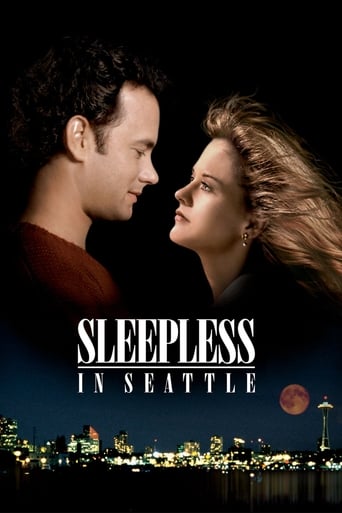Blood on the Sun (1945)
Nick Condon, an American journalist in 20s Tokyo, publishes the Japanese master plan for world domination. Reaction from the understandably upset Japanese provides the action, but this is overshadowed by the propaganda of the time.
Watch Trailer
Free Trial Channels
Cast


Similar titles
Reviews
Best movie of this year hands down!
What a waste of my time!!!
If the ambition is to provide two hours of instantly forgettable, popcorn-munching escapism, it succeeds.
If you're interested in the topic at hand, you should just watch it and judge yourself because the reviews have gone very biased by people that didn't even watch it and just hate (or love) the creator. I liked it, it was well written, narrated, and directed and it was about a topic that interests me.
Producer: William Cagney. Copyright 15 June 1945 by Cagney Produc¬tions, Inc. Released through United Artists. New York opening at the Capitol: 28 June 1945. U.S. release: 15 June 1945. U.K. release: 27 August 1945. Australian release: 27 June 1946. 8,442 feet. 94 minutes.SYNOPSIS: Pre-war Tokyo. Newspaperman uncovers Japanese master plan for world conquest.NOTES: The Academy of Motion Picture Arts and Sciences' Annual Award for Art Direction (black-and-white), went to Wiard Ihnen, production designer, and A. Roland Fields, set decorator (defeating Experiment Perilous, The Keys of the Kingdom, Love Letters, and The Picture of Dorian Gray).Domestic rental gross: approx. $3.4 million.COMMENT: If ever an award for Art Direction was well-deserved, Blood on the Sun is it. Even the film's billing and publicity people were aware of the art director's contribution. For once, Ihnen receives a single full-frame credit. In point of fact, he prepared a detailed storyboard for the entire picture, indicating all frame arrangements and camera angles. Director Frank Lloyd (who was the Cagneys' second choice when Warners refused to loan out Michael Curtiz) followed Ihnen's plans scrupulously, - from the opening one-take action shot of the riot outside the newspaper office to the dazzling crane shot through the pier pylons at the climax. The sets hit the eyes with such a marvelously dramatic impact, that the ears take little notice of the nonsensical story and the ridiculous posturing of familiar Occidental players pretending to be Japanese.Aside from its vivid, powerful sets, however, Blood on the Sun is very much a product of its period. Collectors of naively racist philosophy will have a field day here. Particularly noteworthy is Cagney's final line: "Love your enemies? But first - get even!" Cagney's own performance sums up this credo as he wrestles and judos his way through hordes of Japanese, proving the superiority of the white to the yellow warrior - much to the delight of his fans. Unfortunately, the rest of the players are either weighed down by their make-up or overawed by the fist-popping Cagney. Only Leonard Strong as a not over bright Secret Service agent ("We took our families to see the cherry blossoms!") makes any impression.The other major feature of Blood on the Sun is Miklos Rozsa's tingling music score - which should have been nominated for an award but wasn't. Rozsa did win for Spellbound, but in my opinion Blood on the Sun is at least equally exciting and dramatic. All Rozsa fans should definitely invest in a sound track of this one as well.
Lester Cole, arguably better known as one of the Holllywood Ten than a screenwriter, wrote this back to back with Objective Burma, which was released in the same year, 1945. Several times recently I've watched, for the first time, films produced fifty or more years ago when clearly both standards and expectations were lower than those that obtain today. For a film starring 'tough guy' James Cagney, there is surprisingly little 'action' in Blood On The Sun so that it plays more like a 'think' piece on Asian politics, a more or less pseudo-Idiot's Delight written by Robert Riskin rather than Robert E. Sherwood. Cagney set it up himself so the 'message' was presumably one he felt both important and worth the telling. By 1945 Sylvia Sydney wasn't working all that much so it's good to get a glimpse of her, whilst Rosemary de Camp is disposed of far too soon. Curio value.
Blood on the Sun intrigued me for a couple reasons. It was made in Hollywood about Japan, and it was released in 1945, and it marks a return to film after a 4 year hiatus for Sylvia Sidney.I would open by calling this movie moderately racist. I think anyone who has seen the film should find that agreeable. There's quite a lot of stereotypes as well as American actors dressing up as Japanese. That being said, I went in expecting that based on the time period when it was made.The movie contains one of the best action sequences of its time period, as well as one of the worst. The bad one comes near the beginning. In that scene Cagney takes on several Japanese military soldiers by himself but is ultimately knocked out cold by a very fake looking karate chop to the back of his neck. The good action sequence however comes at the very end of the movie. Cagney does his own stunts for this entire movie, so I give him a lot of credit for the strength of that scene. It uses long takes rather than short cuts, making it look more like real life and less like a movie.The big issue with the movie is that in the entire 98 minutes there was only one good scene. The beginning is slow until the early fight scene I already described. The extreme weakness of that scene leaves the movie looking cheap and campy. I mentally checked out of the movie at that point. By the time Sylvia Sidney arrived there wasn't a movie left to save.
The Plot is confusing. The Asian/American??? girl's role is deliberately misleading. The romance, I'm sure was tailored after Casablanca including the ending, but doesn't work. Cagney is no Bogart. If there was a precondition for the romance as there was in Casablanca "Remember we'll always have Paris", I missed it. For the two of them to meet, fall in love and make love Yes they followed the convention of the time showing them in a deep kiss, breaking to a long dark transition, then showing them engaged in a serious post coital discussion; not a tie disturbed. Quaint, but unbelievable. There are several continuity errors, as others have discussed, but I find the most troubling discontinuity is the actual plot. Given the amount of time since its release in 1945, the action is acceptable and the tone respectful. It's not propaganda, it's supposed to be an Asian Casablanca. I guess they needed a piano player and a catchy song.

